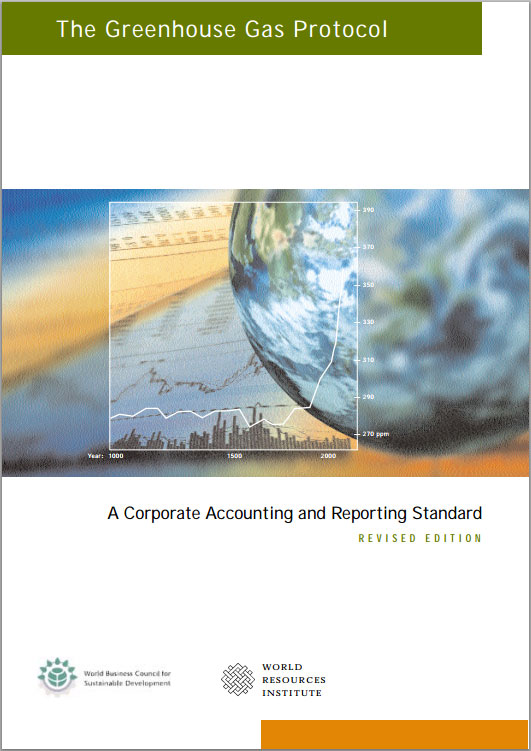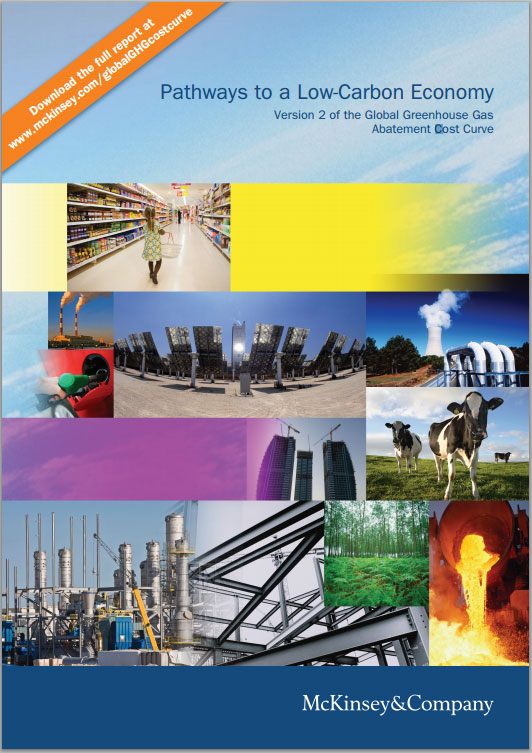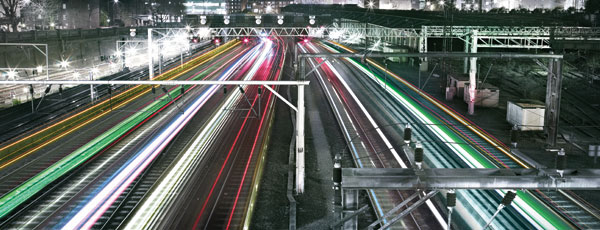The government has set an ambitious vision for almost every car and van to be a zero emission vehicle by 2050.
We are positioning the UK at the global forefront of ultra-low emission vehicle (ULEV) development, manufacture and use. Greater use of ULEVs will contribute to economic growth and will help reduce greenhouse gas emissions and air pollution on our roads.
Through the Office for Low Emission Vehicles (OLEV) we are providing over £400 million to advance ULEV technology and encourage people to buy and drive ULEVs.
Grants
- To encourage more people to drive ULEVs we offer several grants:
- Plug-in Car Grant
- Plug-in Van Grant
- domestic chargepoints
- residential on-street chargepoints
- residential on-street and rapid chargepoints for local authorities
- train station car park chargepoints
- chargepoints on the public sector estate
Investment in new technologies
We work closely with industry and other government departments to develop and strengthen the capability of ULEV manufacturing and its associated supply chain in the UK:
- supporting automotive manufacturing and the UK supply chain
We actively participate in the joint government and industry UKH?Mobility project, evaluating the potential for hydrogen fuel cell electric vehicles in the UK and developing a roadmap for their commercial deployment from 2015.
- key findings from the UKH?Mobility evaluation phase
We fund projects targeted at low and ultra-low vehicle technologies, designed to promote research, design, development and demonstration in the UK:
- low carbon vehicle technology research and development
Recharging infrastructure
We have set out a framework for the development of recharging infrastructure to support electric and plug-in hybrid vehicles:
- strategy on plug-in vehicle infrastructure
To inform future development of the UK’s recharging network, we are funding the Plugged-in Places programme.
Support for fleets
We provide funding and support to fleets considering purchasing low emission vehicles:
- Low Carbon Vehicle Procurement Programme (LCVPP) funding for public sector fleets purchasing hybrid vans
- fleet consultancy through the Energy Saving Trust’s Plugged-in Fleets initiative
- infrastrucutre on the government estate
Interaction with the energy system
We work with the Department of Energy & Climate Change (DECC) and the Office of the Gas and Electricity Markets (Ofgem) to understand the interaction of plug-in vehicles with the energy system. In particular, we are mindful of the:
- additional demands the electrification of transport might place on the electricity system
- contribution that plug-in vehicles might make in terms of system balancing and the transition to smart grids, and energy security
New vehicle carbon dioxide emissions standards
EU regulations set out targets for emission reductions for new cars and vans. In the next few years we expect the EC to make proposals for post-2020 new car and new van emission standards, as well as a strategy for reducing carbon dioxide emissions from lorries, buses and coaches.
via Ultra-low emission vehicles – Reducing greenhouse gases and other emissions from transport – Policies – Inside Government – GOV.UK.






